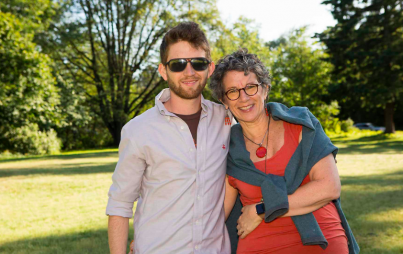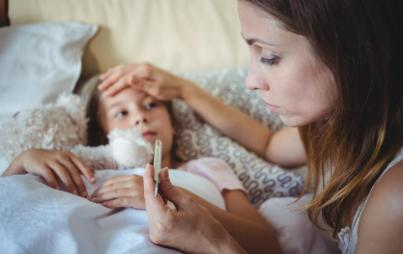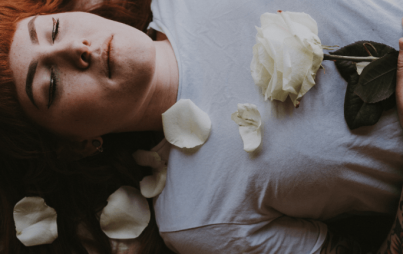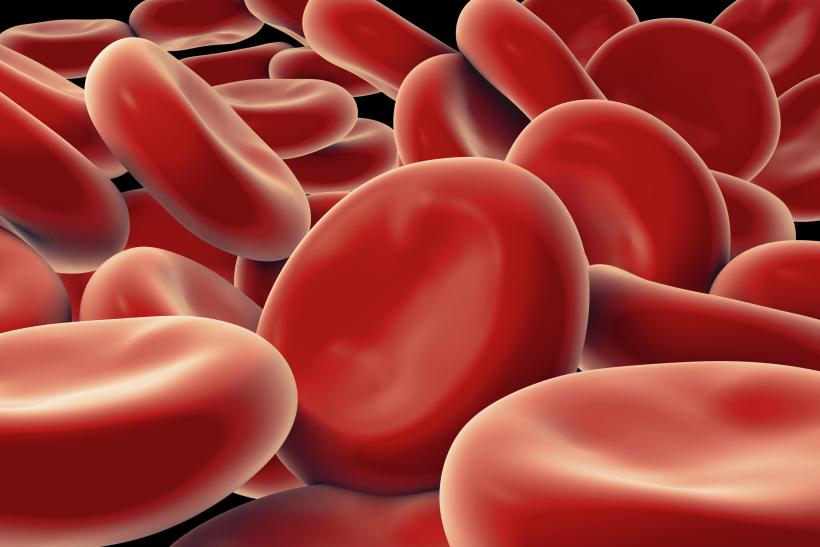
Thinkstock
September is sickle cell awareness month. And because no one is out there making sexy bumper stickers to raise awareness for this deadly hereditary disease, we're here to shed some light, spread the knowledge and try and help this disease more visible to the public eye. (And, yeah, a sexy bumper sticker wouldn't hurt).
So What's It All About?
Close your eyes and think back to your biology labs from high school. When you peered at blood samples beneath a microscope, you saw that our sticky life-force is actually comprised of cells, red blood cells being one of them. Red blood cells are usually shaped like hard candies you'd find in an elderly person's home—unless you have sickle cell that is. Those with the disease have mostly (but not entirely) crescent shaped cells named "sickle"—yes—after the agricultural tool. The shape occurs due to abnormal hemoglobin, which in turn, prevent the blood cells from flowing with ease from one place to another.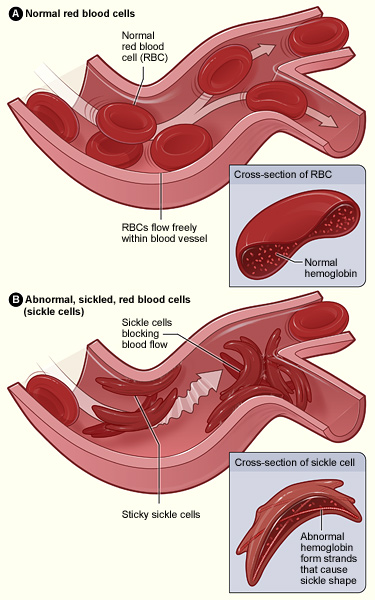 To make matters worse, sickle cells are also stiff, often blocking blood flow in vessels. And if you have the creeping feeling that the proper flow of blood is mandatory for survival . . . you'd be right.
To make matters worse, sickle cells are also stiff, often blocking blood flow in vessels. And if you have the creeping feeling that the proper flow of blood is mandatory for survival . . . you'd be right.
When the usual flow is obstructed, the afflicted will not only feel pain but may suffer damage to their organs. Naturally, this opens up the possibility for a bevy of complications including dehydration, low oxygen, stroke, leg ulcers, infections and a host of other terrible things.
And at the moment? There is no cure. In developing countries, it's estimated that 50% of children affected by sickle cell will die before reaching their fifth birthday.
Who gets It?
Feel like shoving fist-fulls of money into a sickle cell donations box? Just you wait. Sickle cell is a hereditary disease. A person with sickle cell disease must have inherited the trait from both parents; it cannot be contracted. If just one parent gives their child the gene, the kiddo will carry the gene but usually won't have full blown sickle cell disease. Meaning that while that child may live a long and healthy, happy life (hurray!) the same child will grow up and run the risk of passing it to their own youngin'. (Boo!)
Folks who live in Africa, the Caribbean, Asia or in the Mediterranean (or whose ancestors originated from these parts) have a higher risk of carrying the gene. Why? The theory goes like this and starts with a fact: sickle cell prevents malaria contraction and the aforementioned regions are prone to malaria outbreak.
Because sickle cell makes an individual immune to malaria, the idea is that sickle cell evolved out of a genetic mutation to help locals combat the onset of malaria, another not-so-fun and deadly illness. Said gene was passed down over generations.
It's estimated that sickle cell affects between 90,000 to 10,000 Americans. While recent innovations have decreased the mortality rate in children, the average hospital bills could give a parents an aneurysm it's estimated that kids covered by Medicaid rack up approximately $11,075 per year.
Child mortality rates have dropped, but the median age of death in 2005 for those with sickle cell was 38 for men and 42 for women, decades before the average life span, even in developing countries.
Time To Get Up Close and Personal
It's easy to read about blood and death and stats and life-spans and easily detach yourself from the horror of it. "This isn't my life," your brain blithely sighs. "Now that'd learned a bit, I can move on with my day and generally pretend it doesn't exist."
If you'd like to to continue this blur of blissful ignorance, stop reading now, because I'm about to introduce ya'll to a friend of mine from college who blogs about his battle with sickle cell. (And runs the social media account for the Sickle Cell Disease Foundation of California.)
Eric Williams likes to have fun, even when risking his health in the process; dance and gymnastics are his joy-making, bread and butter. For him, piling on multiple sweaters in early autumn is normal; he's perpetually cold. Waking up in the middle of the night and being rushed to the hospital in pain is unpleasant, but not unusual. As he says: "living sickle safe [is] not fun."
In a personal entry, Eric made a list of sickle cell confessions. Among the personal anecdotes were these:
I pretend that I can keep up with my friends because I hate being left out.
I’m worried I will lose friends because they can’t handle dealing with the disease.
I’m afraid no job will want me.
I’m not ashamed to tell people I have sickle cell, but I am ashamed that I think I won’t make something of myself because of it.
I’m afraid I will drive my significant other away because they will get tired of taking care of me.
I’m not afraid to die but I am afraid to die of sickle cell because then it wins.
I’m afraid my college fees won’t hold a candle to my hospital fees.
All is not doom and gloom however, Eric also boasts prevailing optimism despite the odds ahead of him:
I wouldn’t trade my life or anything.
Sickle cell has made me who I am.
Aw, now you feel all conflicted and chock full of emotion right? To make a donation (or get involved!) click here. If you're broke—we hear ya!—but want to show some love, check out this month's social media campaign #BoldLipsForSickleCell
And spread the knowledge, always!

